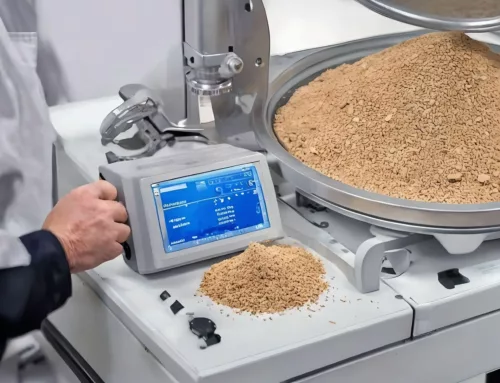Bulk density measurement, as a key aspect of material characterization, has become an indispensable tool across various industries. Not only does it provide critical data for quality control, but it also supports process optimization and product development. In this context, this article outlines best practices for achieving accurate and reliable bulk density measurement.
1. Choosing the Right Measurement Technique
Selecting an appropriate method is absolutely crucial. For instance, traditional techniques like the gravimetric method and mercury displacement offer foundational approaches. However, these methods can be time-consuming or environmentally hazardous. In contrast, modern methods, such as gas pycnometry and liquid pycnometry, provide greater accuracy though they require meticulous sample preparation. Furthermore, advanced techniques like X-ray computed tomography (CT) allow for non-destructive analysis and detailed three-dimensional density mapping, thereby offering deeper insights into material properties.
2. Proper Sample Preparation and Handling
Accurate bulk density measurement starts with proper sample preparation. Ensure that samples are representative of the material as a whole. Avoid compaction during handling and storage, as this can skew results. For liquid displacement methods, ensure the sample is free of air pockets and voids to prevent inaccuracies. Additionally, controlling environmental factors such as temperature and humidity can minimize their impact on measurements.
3. Calibration and Standardization
Regular calibration of instruments is essential for maintaining measurement accuracy. Utilize standard reference materials to validate equipment and procedures. Adhering to industry standards and regulations ensures consistency and comparability of data across different studies and applications. As new technologies emerge, staying updated with current standards can help maintain the reliability of measurements.
4. Advanced Techniques for Enhanced Insight
Incorporating advanced technologies, such as X-ray CT, can significantly enhance the understanding of bulk density. This method allows for the assessment of density variations within materials, providing valuable information on their structural integrity. For industries like pharmaceuticals, food processing, and construction, such insights are crucial for optimizing formulations, packaging, and material performance.
5. Addressing Measurement Challenges
Challenges like sample heterogeneity, particle size, and shape variations can affect measurement accuracy. To mitigate these, use consistent methods and consider the physical characteristics of the material. Advanced techniques, including laser diffraction and acoustic resonance, offer solutions to some of these challenges by providing more precise measurements and insights.
6. Continuous Innovation and Research
Continuous innovation in measurement techniques is crucial for advancing material characterization. Moreover, research and development efforts actively contribute to refining existing methods and introducing new ones, such as impedance spectroscopy, which can address limitations in current practices. By staying at the forefront of technological advancements, professionals can ensure accurate, efficient, and reliable bulk density measurement.
In summary, bulk density measurement is a critical component of material characterization across industries. By consistently following these best practices—selecting the appropriate method, ensuring proper sample preparation, calibrating instruments, utilizing advanced techniques, addressing challenges, and embracing innovation—professionals can achieve accurate and reliable results that drive quality and efficiency.




